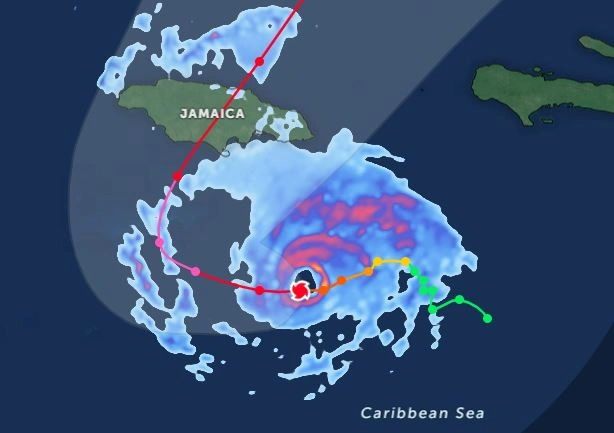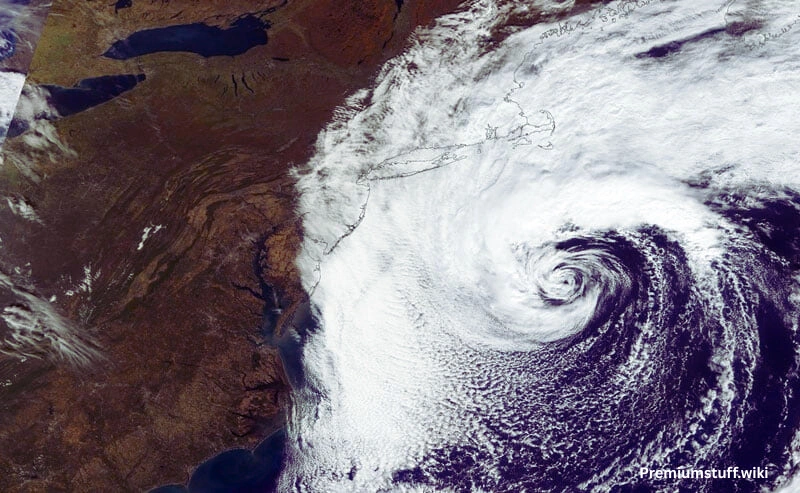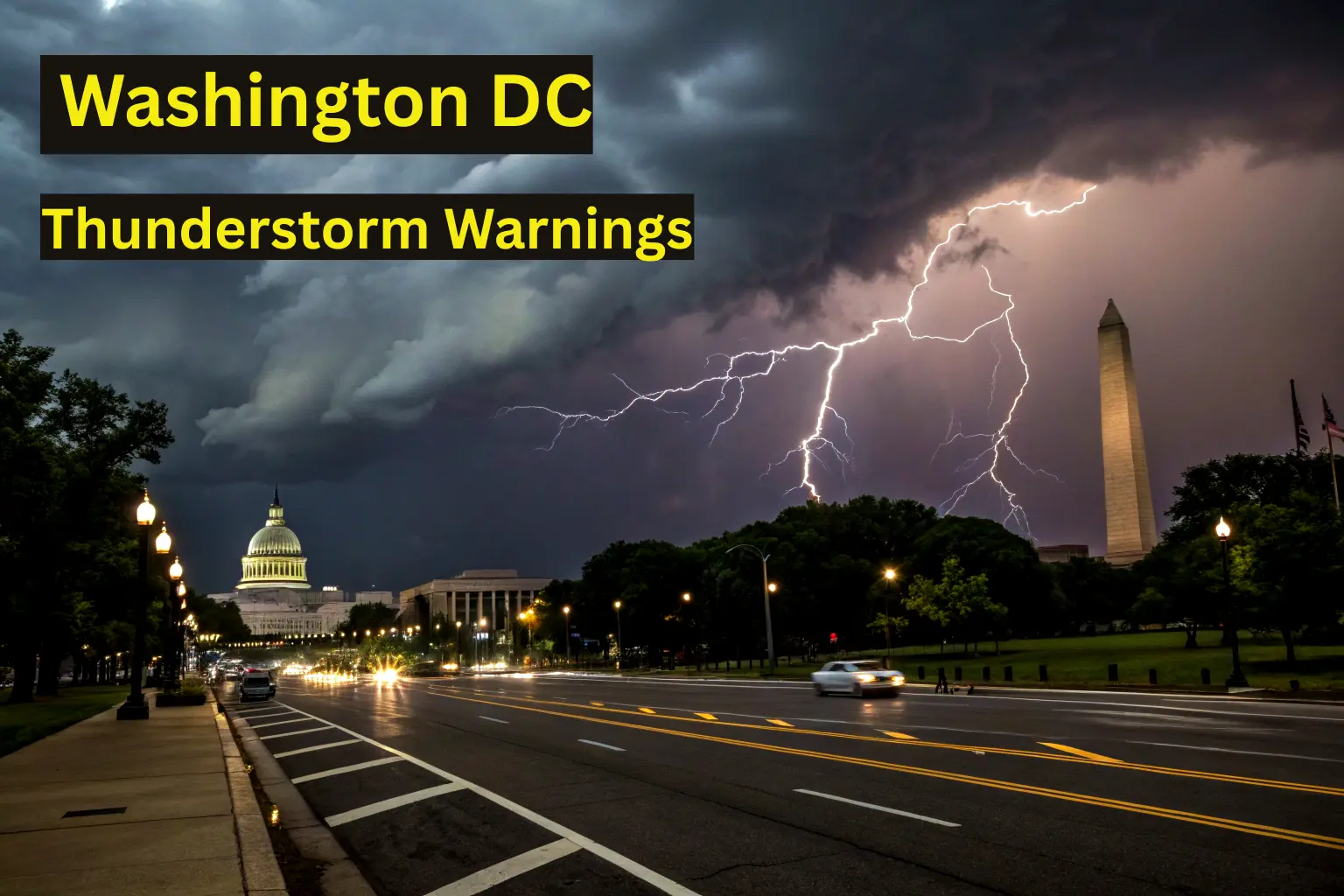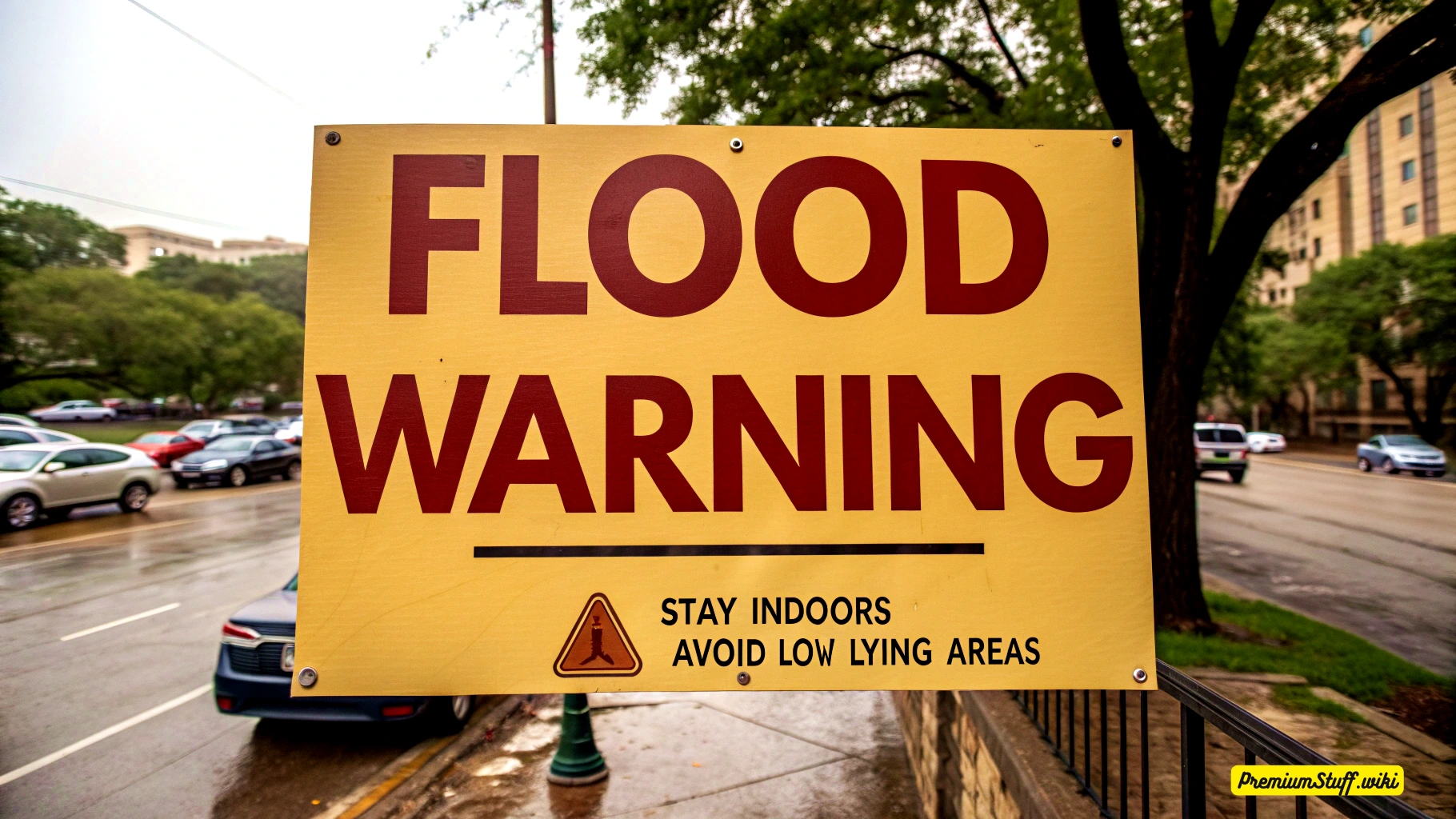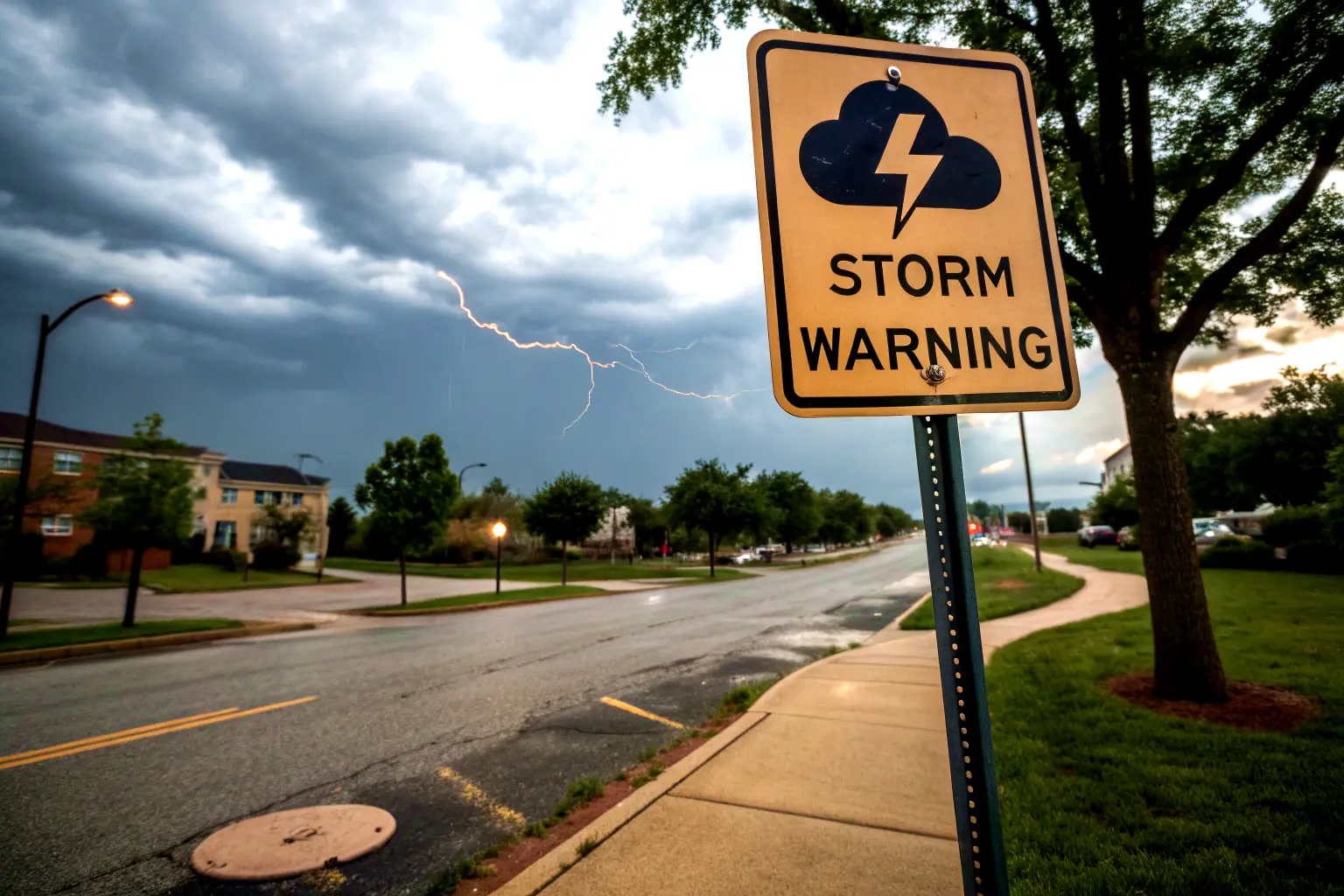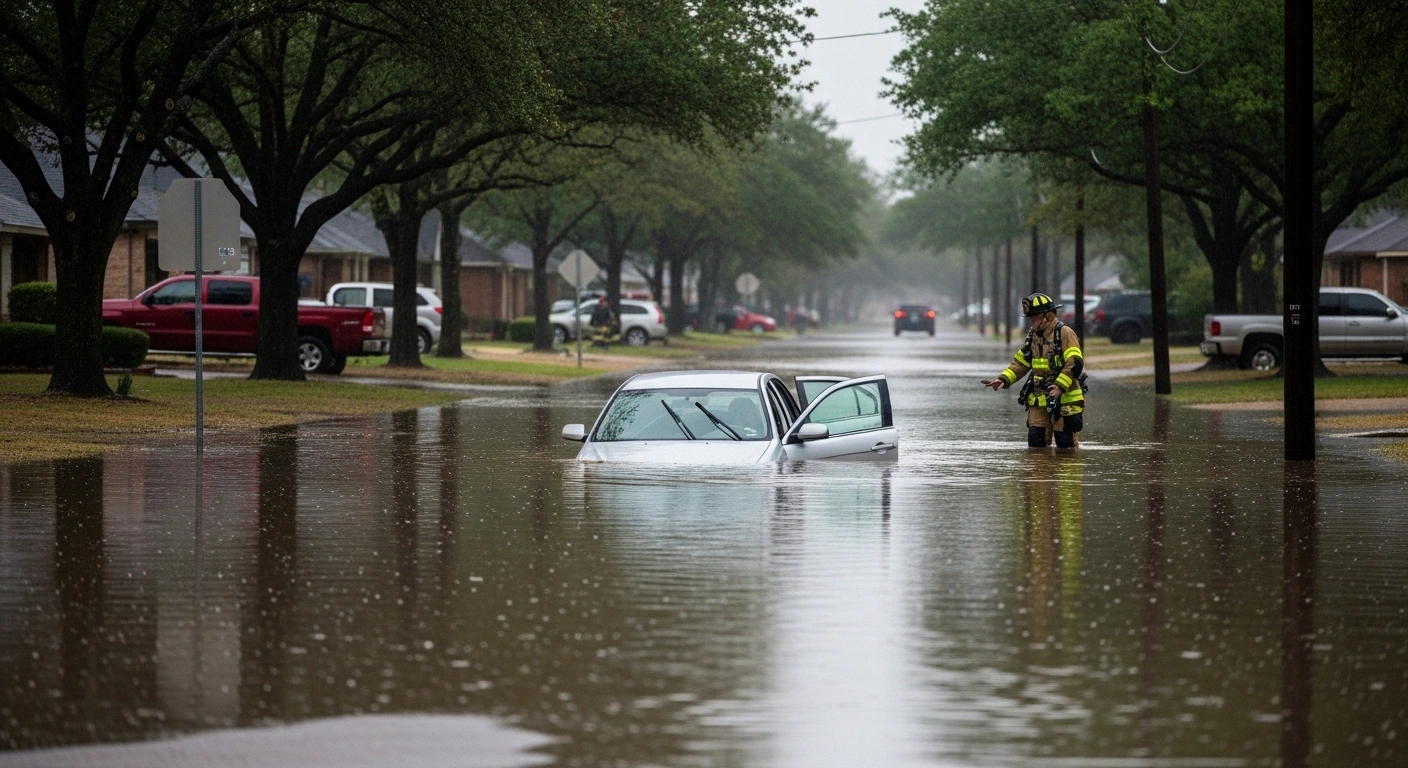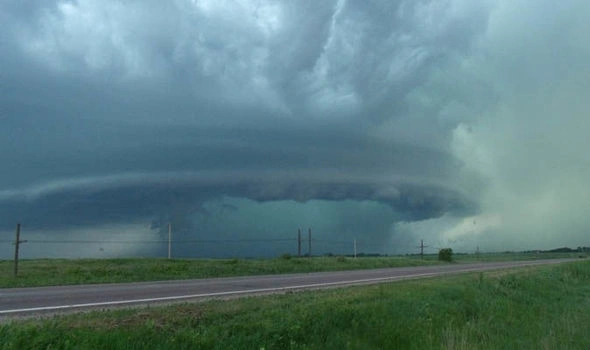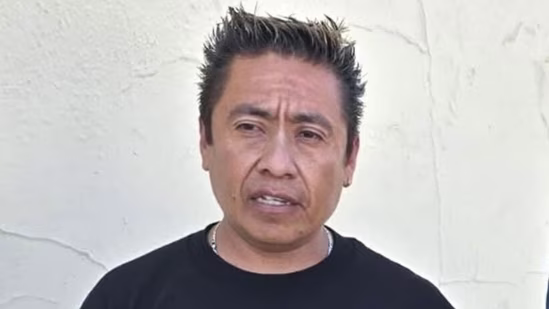Florida Braces for Soaked July 4 as Gulf Disturbance Looms While Barry Fizzles Over Mexico
TAMPA, Fla. — The remnants of Tropical Storm Barry are now dissipating over Mexico’s rugged terrain, but Floridians face a new weather threat: a rain-soaked Independence Day weekend as a stubborn Gulf disturbance takes aim at the Sunshine State.
🌧️ Key Developments at a Glance
| System | Status | Primary Threat | Areas Impacted |
|---|---|---|---|
| Barry | Dissipated | Flooding/mudslides | E. Mexico |
| Gulf Disturbance | 20% development chance | Heavy rainfall | Florida, Southeast U.S. |
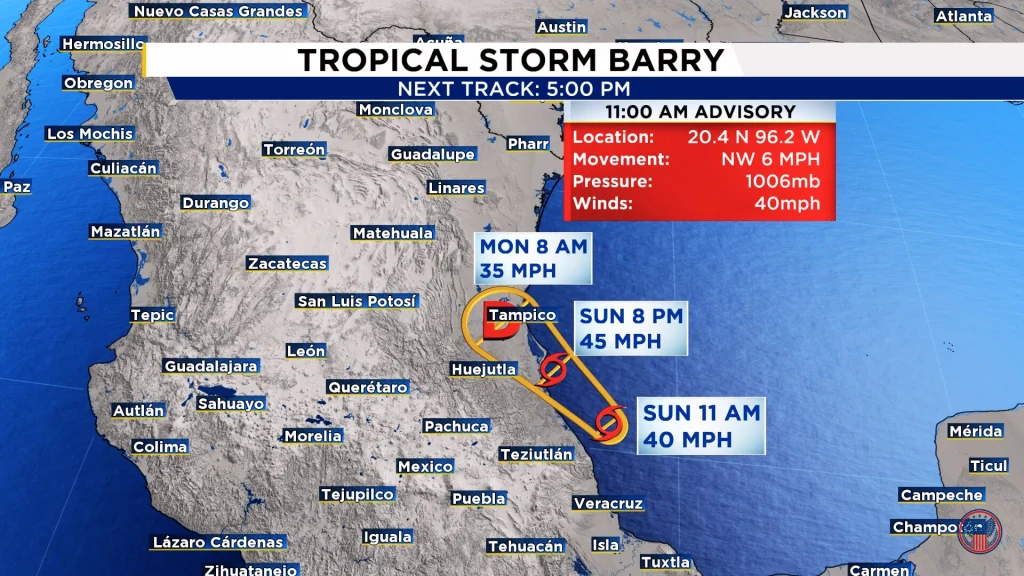
Barry’s Brief Reign Ends in Flooded Mexican Highlands
Tropical Storm Barry made landfall just south of Tampico, Mexico, late Sunday with 45 mph winds before rapidly disintegrating over mountainous eastern Mexico early Monday. Though short-lived, the storm unleashed torrential rains—up to 10 inches in some areas—triggering life-threatening floods and mudslides across San Luis Potosí and Tamaulipas states. Mexican authorities continue emergency operations as rivers overflow and communities assess damage.
“Barry exemplified how even fleeting tropical systems can unleash devastating hydrological impacts,” noted the National Hurricane Center (NHC) in its final advisory. The storm marked the second named system of the 2025 Atlantic season but contributed minimally to seasonal storm energy metrics—a historically quiet start.
Florida’s Rain-Soaked Holiday Forecast
All eyes now turn to a sprawling frontal boundary draped across Florida, where an area of low pressure could develop by midweek. While the NHC gives it only a 20% chance of tropical or subtropical development over the next seven days, meteorologists unanimously warn of drenching rains timed precisely for July 4 celebrations.
- Rainfall Estimates: 3-5 inches across Central and North Florida, with localized totals up to 8 inches—especially along the I-75 corridor and Gulf Coast.
- Timing: Rain chances spike to 60-70% daily from Friday through Sunday, with “multiple rounds of showers and storms” compounding flood risks.
- Human Impact: Fireworks displays, beach outings, and outdoor barbecues face likely disruption. “It’s not about if it rains, but how much,” said WESH 2 meteorologist Tony Mainolfi.
The disturbance’s wildcard lies in its origin: a stalled cold front that could pinch off a low-pressure system over North Florida or the eastern Gulf. Warm waters (over 85°F) could fuel organization, though wind shear currently limits intensification
Voices from the Ground
In Mexico:
Emergency crews in Tampico worked through the night after Barry’s rains submerged streets. “The water rose faster than predicted,” said local official Carlos Mendez. “Mudslides remain our top concern in the highlands”.
In Florida:
Orlando residents like Marissa Chen are adjusting holiday plans. “We’ve moved our cookout indoors and canceled lakefront fireworks viewing,” she said. “It’s disappointing, but safety comes first”.
The Bigger Picture: An Ominous Hurricane Season
Despite 2025’s slow start—with short-lived Tropical Storms Andrea and Barry—NOAA maintains its above-average seasonal forecast: 13-19 named storms, including 6-10 hurricanes. Ocean temperatures are record-warm, and La Niña conditions could reduce wind shear later this summer, creating a “tinderbox scenario” for August-October.
“Don’t let the quiet start lull you,” cautioned NHC lead forecaster Robbie Berg. “Systems like this week’s Florida rainmaker remind us that water hazards dominate tropical threats”.
Key Recommendations for Floridians
- Monitor updates: The system’s exact location will dictate rain bands. Coastal areas from Tampa to Jacksonville face highest uncertainty.
- Prepare for flooding: Clear storm drains, avoid low-lying roads, and have sandbags ready if in flood-prone zones.
- Flexible holiday planning: Shift events earlier in the day (before peak storm activity) or indoors.
- Stay informed: Bookmark NHC and local NWS social feeds (@NWSMelbourne emphasized “heavy rainfall is guaranteed regardless of development”)
The Bottom Line
While Barry’s remnants fade over Mexico, Florida’s real battle is against water, not wind. From Panama City to Miami, residents should brace for a messy, disruptive holiday weekend where umbrellas outnumber sparklers. As one weary Orlando resident put it: “July in Florida—always an adventure”.

